Volkswagen Vento facelift review, test drive
It’s not just another special edition, this time around, the VW Vento gets a new face and some added tech.
Published on Jan 01, 2020 06:00:00 AM
44,129 Views
Follow us on
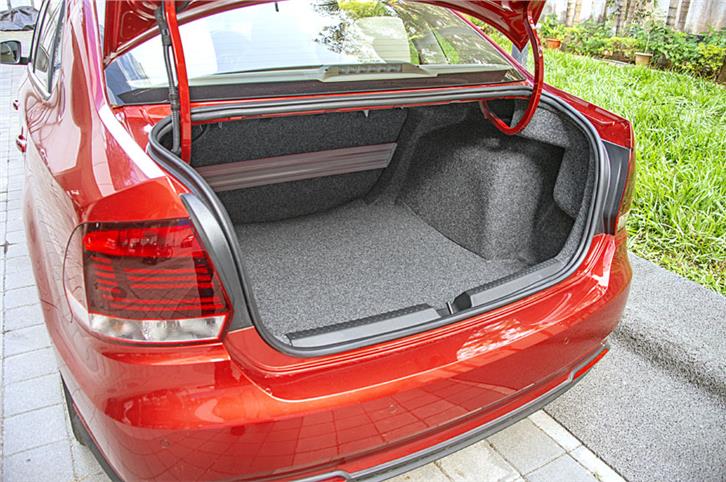

What is it?
With the amount of new technology flooding the market, car manufacturers have to make sure their portfolio is up to date. Volkswagen has followed the trend to a certain extent, and ever since the launch of the Vento back in 2010, they have been updating the car with minor cosmetic changes, but nothing major in terms of design and construction. The last major update on the Vento was in 2014 when the 1.6-litre diesel was replaced by the 1.5-litre diesel, and DSG automatic was introduced, followed by a facelift in 2015. The most recent update is the one that you see here, so let's get right to it.
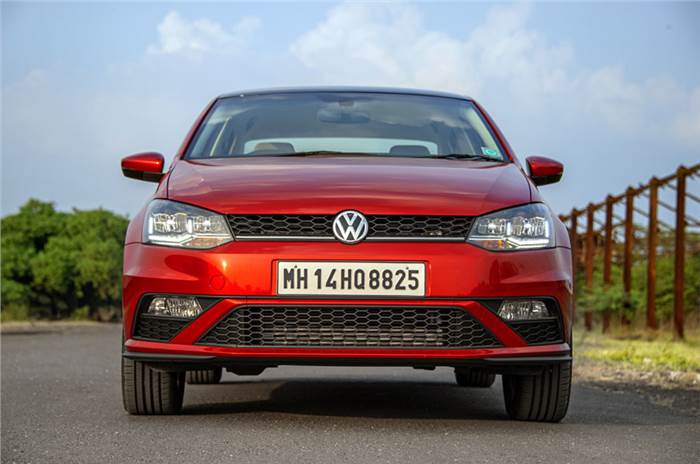
What's it like on the outside?
The Vento now gets styling cues from the Polo GTI hot hatchback. The grille is now sleek and the three slats have been replaced by honeycomb mesh pattern with a prominent VW logo in the centre. The front bumper gets a split air dam with fog lamps on both sides, and static cornering lights. In profile, there are no major changes except for the addition of a black side skirt. The rear also gets the GTI-inspired bumper with a chrome-tipped exhaust.
What’s it like on the inside?
The clean design of the dashboard hasn’t been altered and you still have the black and beige theme in the cabin. Fit and finish levels are impressive as well, and although there aren’t many soft-touch plastics, they are scratch-resistant. The front seats are wide, comfortable, and provide good side and underthigh support. Getting into the rear seats is pretty easy, and there are good levels of legroom and headroom as well. The backrest here, however, feels a bit upright, and the seats don't offer much underthigh support. Moreover, the transmission tunnel makes seating a third passenger in the middle difficult.
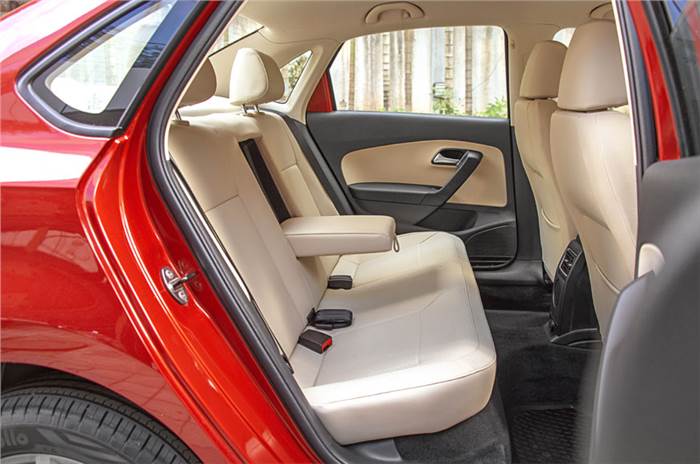
In terms of features, the top-spec Highline Plus variant gets LED headlights with DRLs, 16-inch alloys, four airbags, ABS (Anti-lock braking system), auto-dimming inside mirror, static cornering lights, ESP (Electronic Stability Program), Hill-hold control, static cornering lights, touchscreen infotainment system with Android Auto and Apple CarPlay connectivity. In terms of convenience, you get cruise control, automatic wipers, reverse parking camera with sensors and auto-levelling headlamps. With the facelift, the Vento now gets Volkswagen Connect – a telematics and vehicle assistance system that allows users to connect their car to their smartphone via a data dongle fitted to the on-board diagnostics (OBD) port of the car. Once connected, customers can use features like trip tracking, fuel cost monitor, driving behaviour, location sharing, SOS calls and even book service appointments.

What’s it like to drive?
The engine options for the Vento are the same – the BS4-compliant, 105hp, 1.6-litre petrol with a 5-speed manual, a 105hp, 1.2-litre turbo-petrol dual-clutch auto, and a 110hp, 1.5-litre diesel that gets 5-speed manual and 7-speed dual-clutch automatic options. The car we have with us is the 1.5-litre diesel automatic and not much has changed in the way it drives. Refinement levels at idle are average compared to that of recent diesel cars like the Hyundai Verna 1.6 and the Maruti Ciaz 1.5. The typical diesel clatter is present at idle and the cabin gets boomy at high revs. Turbo lag is well masked and power delivery is linear. The dual-clutch unit is smooth moving through the gears and it complements the engine’s strong mid-range well. Even when you demand instant power, the gearbox is quick to downshift and gives you the necessary boost for a quick overtake.
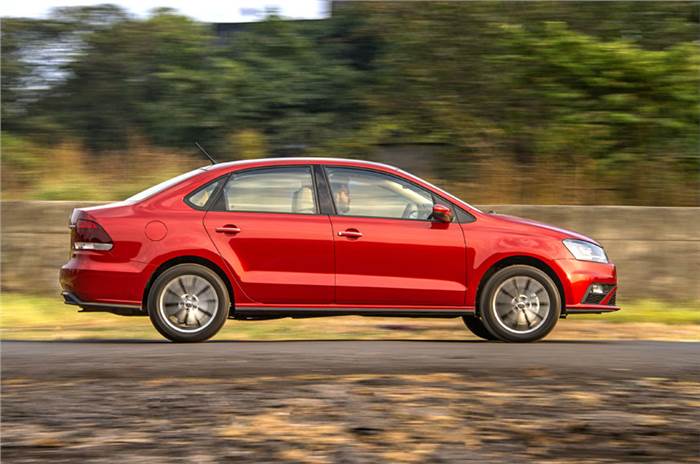
Volkswagen introduced the 16-inch alloy wheels with 195/55 R16 tyres on the Sport edition in March 2018. The bigger wheels do add a bit of stiffness to the ride quality, but, overall, it remains absorbent. The suspension works silently, with only sharp potholes felt and heard in the cabin. The steering is light at city speeds and weights up adequately on the highways, however, there’s not much feel or feedback in the corners.
Should I buy one?
The VW Vento is priced between Rs 8.77 lakh and Rs 13.18 lakh for the petrol variants, and Rs 9.59 lakh to Rs 14.50 lakh for the diesel variants (all prices ex-showroom, India), and that makes it feel overpriced when compared to the segment leader, the Maruti Ciaz. Also, the fact that the Vento has been around for over nine years without a major makeover is quite evident. And even though the equipment list has been kept up to date, it still falls short in some areas compared to its closest rivals like the Hyundai Verna, Honda City and the Maruti Ciaz.
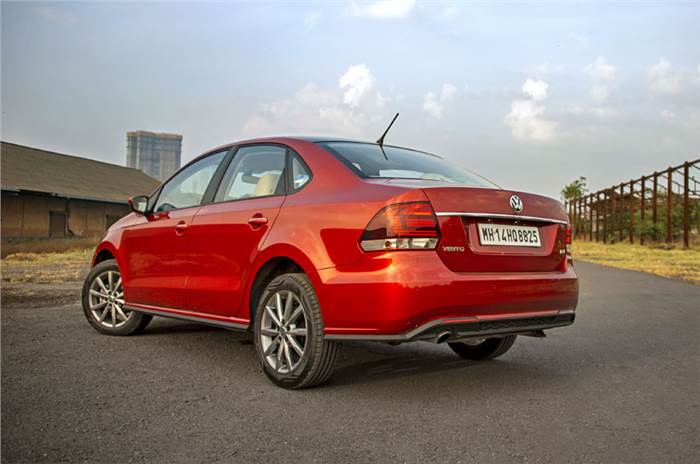
However, the silver lining here is that the Vento is fundamentally a strong product and it gets the basics right. It is powered by a tried-and-tested, punchy diesel engine mated to one of the smoothest-shifting automatics, and it has a robust build quality that feels like it’s built to last a lifetime. This is what draws the customers to it, and although Volkswagen may not have started on a clean sheet of paper for this particular Vento, it still remains relevant in the segment.
Also see:
New entry-level Volkswagen ID EV previewed
Slideshow: 2019 VolksDrive draws crowds from all over Mumbai
BS6 Skoda Rapid petrol to launch in April 2020
Tech Specs 
Copyright (c) Autocar India. All rights reserved.


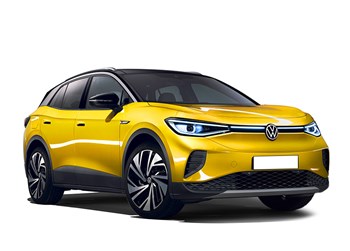
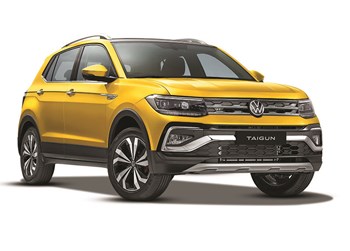
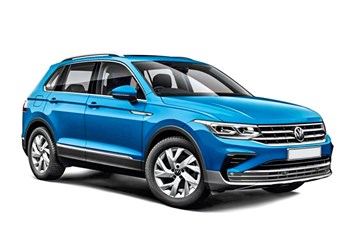
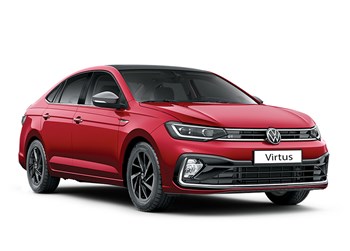
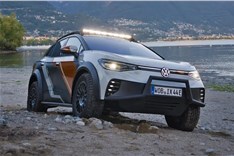
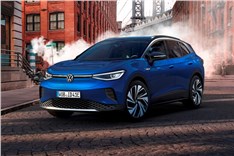

 Price
Price Engine
Engine Transmission
Transmission Efficiency
Efficiency Body
Body Steering
Steering Dimensions
Dimensions
Comments
Member Login
Personal Details
No comments yet. Be the first to comment.